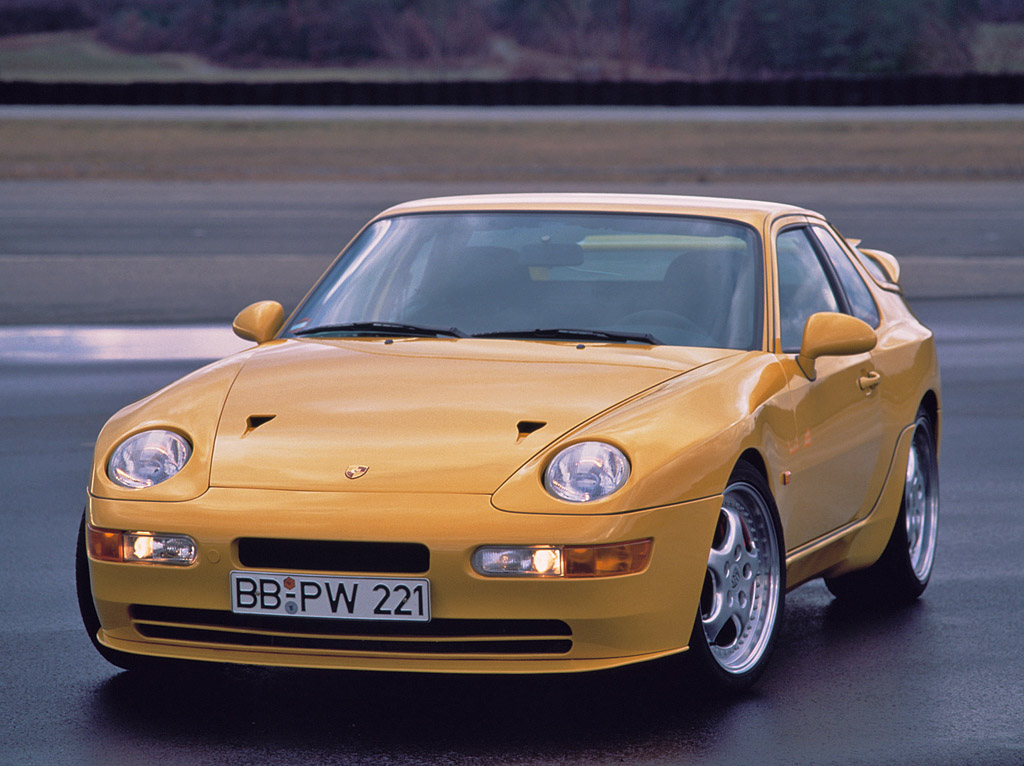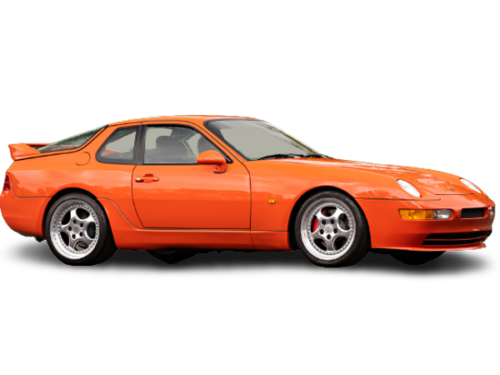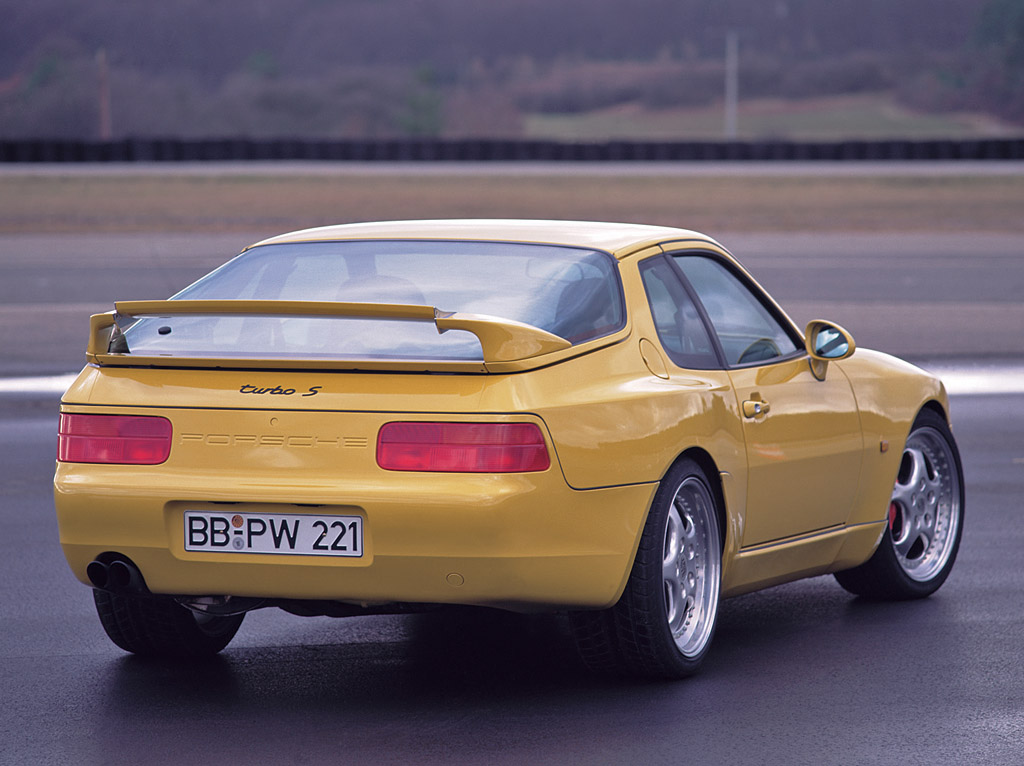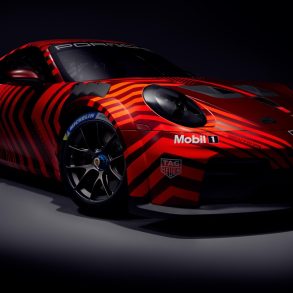(1993 – 1994) Porsche 968 Turbo S – Ultimate Guide
The top model of the 968 series is the Turbo S, which also forms the basis for the 968 Turbo RS. Optically the Turbo S is distinguished by two additional air inlets in the engine bonnet, an additional spoiler lip on the nose section and a larger, adjustable rear wing. The body is lowered by 20 mm. The braking system originates from the Turbo S. — Porsche
Thirteen street legal 968 Turbo S (1993 model year chassis WP0ZZZ96ZPS890061…66, 68…71 and 1994 model year chassis RS890061…63) were built for lucky buyers. Considering the handling resulting from the near 50/50 weight distribution, the power and especially the torque, the 968 Turbo S might have been the best street legal Porsche produced at the time. The 964 Turbo 3.3 and Turbo 3.6 were more powerful, but a lot worse in critical situation handling. Interestingly, only the 911 Turbo 3.6 could beat the 968 Turbo 3.0 torque figure, but not the 911 Turbo 3.3.
All of the 968 Turbos were built with the 18″ 3-piece lightweight wheels (Turbo S M407, Turbo RS M406) and bucket seats (Turbo S M384/385, Turbo RS M388/389). Eleven out of thirteen Turbo S were built with air conditioning system, six with central locking, five with airbags. Some cars were uniquely equipped, for example:
- WP0ZZZ96ZPS890063 Turbo S had regular 968 CS seat on passenger’s side (M382). This car was also the only one that was ordered without the model designation on the rear end (M498).
- WP0ZZZ96ZPS896061 Turbo RS was built with passenger’s seat (M389 bucket), other RS had only driver’s seat.
- While most of the Turbo S were built as German versions, there was one built for France (M124), one for Switzerland (M277) and one with North American spec (M553). The latter being the only 968 Turbo with third braking lamp.
The 968 Turbos being so rare, many replicas have been made around the world. How to tell a real thing:
- All the 968 Turbos have option code M510
- 968 Turbo S has the option code M042 and the VIN in the following form: WP0ZZZ96ZxS8900xx
- 968 Turbo RS “production” (non-prototype) cars have the option code M005 and the VIN in the following form: WP0ZZZ96ZPS89606x.
Chassis
The 968 Turbo S had fully independent suspension with the front getting familiar MacPherson struts with alloy lower control arms at the front and semi trailing arms while the rear got torsion bars. While the Sport Chassis pack was optional on other 968s, it was standard on the 968 Turbo S. Brakes and wheels were taken straight from the 3.6-litre 911 Turbo S.
Engine & Gearbox
The Type M44/60 engine in 968 Turbo S got a KKK K27 turbo and the head used by the 944 Turbo (and no variocam as a result). It had a displacement of 2990cc. It was water-cooled with a single overhead camshaft, with Bosch DME sequential multi-point fuel-injection. Boost pressure was set at 1.0 bar. Power came in at 304.9 bhp at 5400rpm and 369 ft lbs at 3000rpm. The 968’s original six-speed gearbox was reinforced and got a new designation (G44/01). It also got an upgraded Sachs clutch and Torsen limited-slip differential with 75% locking factor.
Body & Colors
Porsche added a body colored chin spoiler, an enlarged central intake above the license plate and two NACA ducts on the bonnet. This was one cool looking Porsche. The rear spoiler was also new and more aggressive in size and style. The 968 Turbo S was built in six different colors: Speed Yellow, Grand Prix White, Midnight Blue, Silver, Blood Orange and Guards Red.










